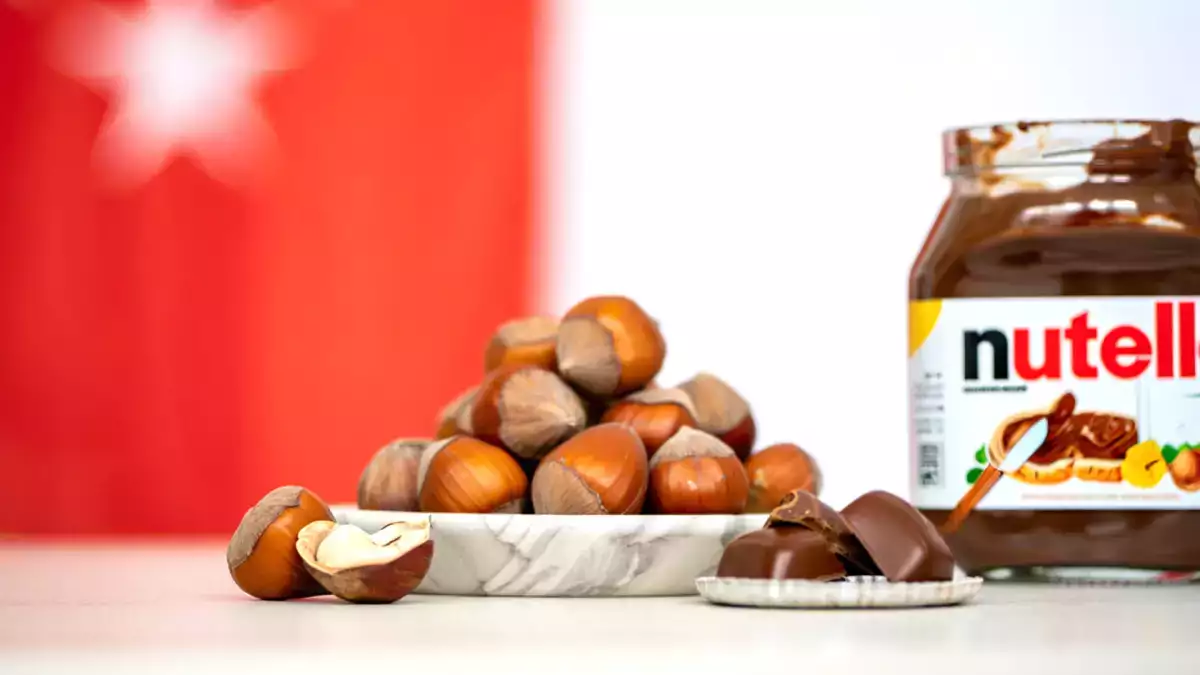Ferrero blocks Turkish hazelnuts: what changes for the market and consumers?

When a global snack-and-confectionery powerhouse like Ferrero, known for its iconic brands, chooses to suspend or sharply reduce hazelnut purchases from Turkey (the world’s top producer) the food industry takes notice. This seemingly technical decision opens a window into global agriculture, sustainability, supply-chain strategy, and how our everyday snacks might be influenced by choices made thousands of miles away.
In what follows, we’ll examine the reasons behind Ferrero’s move, what it means for the global hazelnut market, and how it may affect consumers in the U.S.
Why Ferrero made this move?
Turkey produces roughly 70 % of the world’s hazelnuts and has been a major source for Ferrero for decades.
However, the 2025 season proved challenging. Late-spring frosts and pest outbreaks drastically reduced yields, driving prices up sharply. According to multiple reports, raw material prices nearly doubled over the year.
Faced with this scenario, Ferrero reportedly tapped into existing inventory and began diversifying supply by shifting emphasis toward regions like Chile, the U.S., and Serbia. The aim: manage costs, reduce over-reliance on Turkey, and build supply-chain resilience.
Consequences for the global hazelnut market
Ferrero’s decision triggered immediate ripples. Reduced buying from Turkey has introduced market uncertainty and shifted competitive dynamics. Turkish growers, already contending with poor yields, now face lower guaranteed demand and greater price volatility.
Meanwhile, other producing regions have moved in. Chile and Georgia, for example, are expanding hazelnut cultivation to fill the void and capture global demand. Over time, this could permanently change the world-hazelnut map and lessen Turkey’s dominance.
What this might mean for U.S. consumers
If you’re a fan of hazelnut spreads, chocolates with crunchy hazelnuts, or hazelnut-topped pastries, you might start seeing subtle changes. Raw material cost hikes may filter down into retail pricing. And as new sourcing regions come online, the taste, roasting technique and flavor profile of hazelnuts in your favorite products could shift.
On the regulatory front, Turkey’s competition watchdog has warned Ferrero against failing to honor its procurement commitments. This highlights the social-responsibility dimension of sourcing, big food companies are increasingly expected to balance profit, sustainability and fairness to growers.
For U.S. shoppers, the broader lesson is one of awareness: the label on a jar of hazelnut spread isn’t just costume: it points to global sourcing, labor conditions, climate impact, and supply-chain transparency.
Looking ahead
This isn’t a permanent “goodbye” to Turkish hazelnuts for Ferrero, but a strategic pause. Reports suggest the company intends to continue working with Turkish farmers through quality and training programs, even as it broadens its supply base.
Simultaneously, it is investing in traceability and sustainability projects designed to future-proof hazelnut sourcing amid climate change and geopolitical risk. Diversifying origin isn’t just smart: it’s a form of resilience.
Conclusion
Ferrero’s decision to scale back hazelnut purchases from Turkey is more than a business footnote. It underscores the complexities of modern food supply chains and the importance of securing high quality, consistent ingredients during unstable times.
For food lovers in the U.S., it’s a cue to look beyond taste. Every snack, every spread reflects the story of land, labor, and logistics. Choosing with awareness isn’t merely about flavor, it’s about how that flavor came to your table. Because authentic taste begins with a solid supply chain and a balance between economy, environment and culture.
 Daniele Mainieri
Daniele Mainieri
Comments